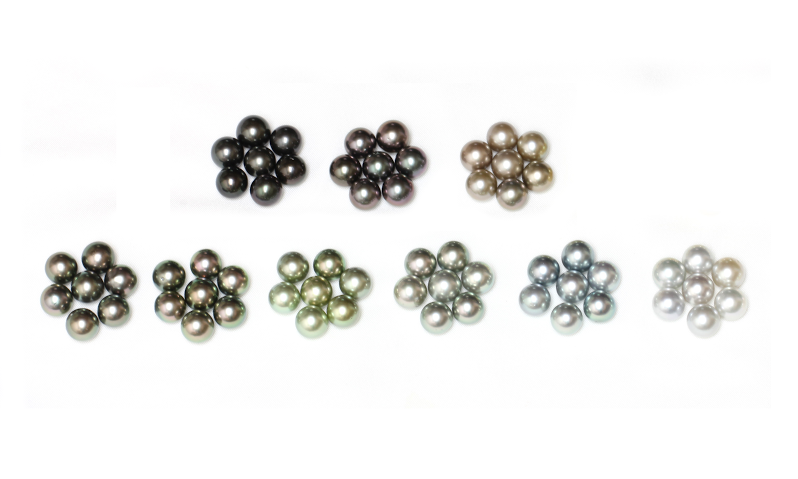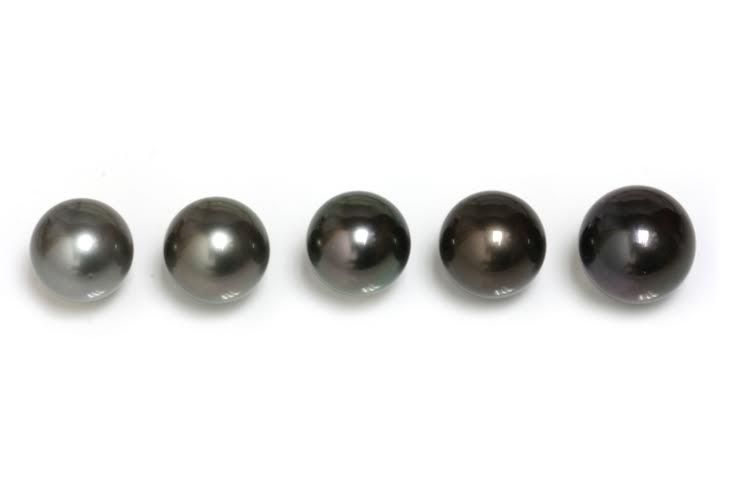Tahitian Pearls Part I
3rd May 2021
Pearls are all the same – right? Actually it surprises many people to discover that of the saltwater pearl variety, that there are three different types of pearls. If you have been staying up on our blog, then you are probably familiar with these three kinds of pearls. For those of you who are newer to the world of pearls – we will give you a crash course!
Pearls can mainly be broken into two very distinct and different categories. The first is fresh water pearls. These are pearls that are farmed in – yes, fresh water and include lakes, streams, rivers, ponds etc. The second category is saltwater pearls – these are pearls that are formed in – you guessed it; oceans. Of these two categories, saltwater pearls are considered to be more desirable, valuable and of higher quality.
At Seven Seas Pearls, we only work with saltwater pearls. Of the saltwater pearl variety, there are three types: South Sea Pearls, Akoya Pearls and Tahitian Pearls. In this blog we are going to discuss more in depth just what Tahitian Pearls are, where they are from, what makes them unique, why women love them and what to look for when making a Tahitian Pearl purchase.
As could be implied, Tahitian Pearls are called such because they are farmed in the gorgeous aqua and nutrient rich waters around the islands of Tahiti (or the French Polynesia). These stunning pearls are often referred to as “Black Pearls” and are a much sought after commodity for those who have traveled to Tahiti or have seen their incredible beauty.
Of the three types of pearls, the Tahitian Pearls are the second largest in average range of size. Typically they range from 9mm to 18mm in size. South Sea Pearls do tend to be consistently larger, and Akoya’s consistently smaller. What sets Tahitian Pearls apart from either Akoya’s or South Sea Pearls is the gorgeous metallic overtones they come in. As a general rule, Tahitian Pearls tend to have a gray or black base color. Even these tones by themselves are truly stunning. But what makes them magnificent is the overtone. For example, a Tahitian Pearl can have a gray base color – but a beautiful eggplant overtone. The combination of these two colors along with the metallic shimmer is simply stunning.
Here is a gorgeous example of some of the rich metallic colors that Tahitian Pearls are famous for:

Even though Tahitian Pearls are referred to as “Black Pearls” very few Tahitian Pearls are truly black. At Seven Seas Pearls, we are proud to showcase some of the blackest black pearls on the market today. When people come into our showroom looking for “black pearls” we enjoy showing them our black Tahitian Pearl strands – they are always amazed at how every time we pull out another strand that they become blacker – and blacker. To the point where even the original strand that our customer thought was black suddenly take on a more gray appearance.
Here is a great example of the variations of “black” Tahitian Pearls. It’s easy to see how even in a photograph that they have distinct differences in the depth and “blackness” of their color.

We hope that you will join us for our next blog that will discuss the shapes of Tahitian Pearls as well as what to look for when making a purchase. If you are near the Los Angeles area, we would love for you to stop by our showroom where we can show you in person some of the amazing colors and shapes Tahitian Pearls come in. No matter how amazing the photography, it simply cannot do justice to these amazing gems of the sea.

